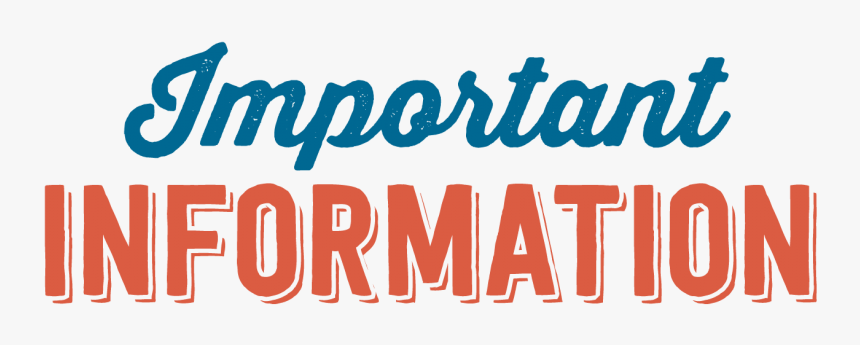Important Additional Financial Aid Info
Your loan becomes delinquent the first day after you miss a payment. Even if you miss just one payment and then resume paying on time, your account remains delinquent until you repay the missed amount or make alternative arrangements.The consequences of delinquency can lead to late fees and may be reported to national credit bureaus after 90 days, potentially damaging your credit score.
If your loan remains delinquent for 270 days (approximately nine months), it enters default status.
The consequences of defaulting on a student loan has severe repercussions, which include:
- The entire unpaid balance and interest become immediately due.
- Loss of eligibility for deferment, forbearance, and additional federal student aid.
- Negative impact on your credit rating, affecting future borrowing ability.
- Potential wage garnishment and withholding of tax refunds.
- Possible legal action.
If you have been asked to submit a Default Resolution Letter or Overpayment Letter please click here to view what this should look like. Per stephanie Silva add PDF link here (i'm not sure how to do this)
The LEU is the sum of the percentages of your Federal Pell Grant scheduled awards that you received for each award year. The amount of Federal Pell Grant funds a student may receive over his or her lifetime is limited by federal law to be the equivalent of six years of Pell Grant funding.
- Verification is the process of checking the accuracy of the information students provide when they apply for financial aid through the Free Application for Federal Student Aid (FAFSA), administered by the U.S. Department of Education. Because the effectiveness of the federal student financial aid programs depends on the accuracy of the data students report, schools must verify information provided by students and parents on the FAFSA.
As a transfer student it is important to plan academics accordingly as transfer students have many credits and usually have used some of their financial aid at a previous institution such as Pell Grant and Cal Grant.
To remain eligible for financial aid, a student must meet three components of Satisfactory Academic Progress. These include:
- GPA: Students must maintain a cumulative 2.0 UCSC GPA to meet SAP for financial aid. SAP is measured at the end of each academic year.
- Pace: Students are expected to enroll full-time, defined as 15 credits per quarter, to maintain good academic standing. You are expected to pass a minimum of 12 credits if you are full-time and 80% of credits attempted if enrolled in the Official Part-Time program.
- Time to Degree: Degree requirements must be completed within a maximum time frame. Students are expected to satisfy all requirements for a degree by completing 180 quarter credits within 4 years. All students can complete or attempt up to 225 credits while receiving financial aid to complete a degree. The attempted credit limit applies to the time you have spent at any college or post-secondary institution, including non-AP college transfer credits earned in high school, quarters during which you withdrew, and quarters in which you did not receive financial aid. It does not include quarters when you were not registered.

